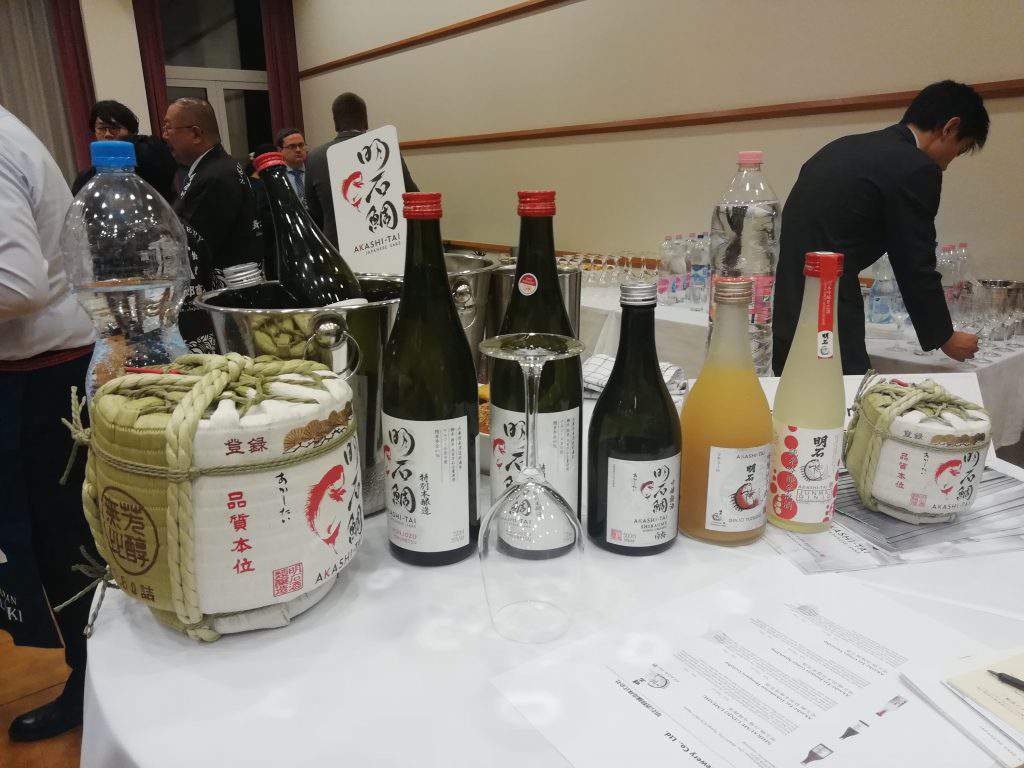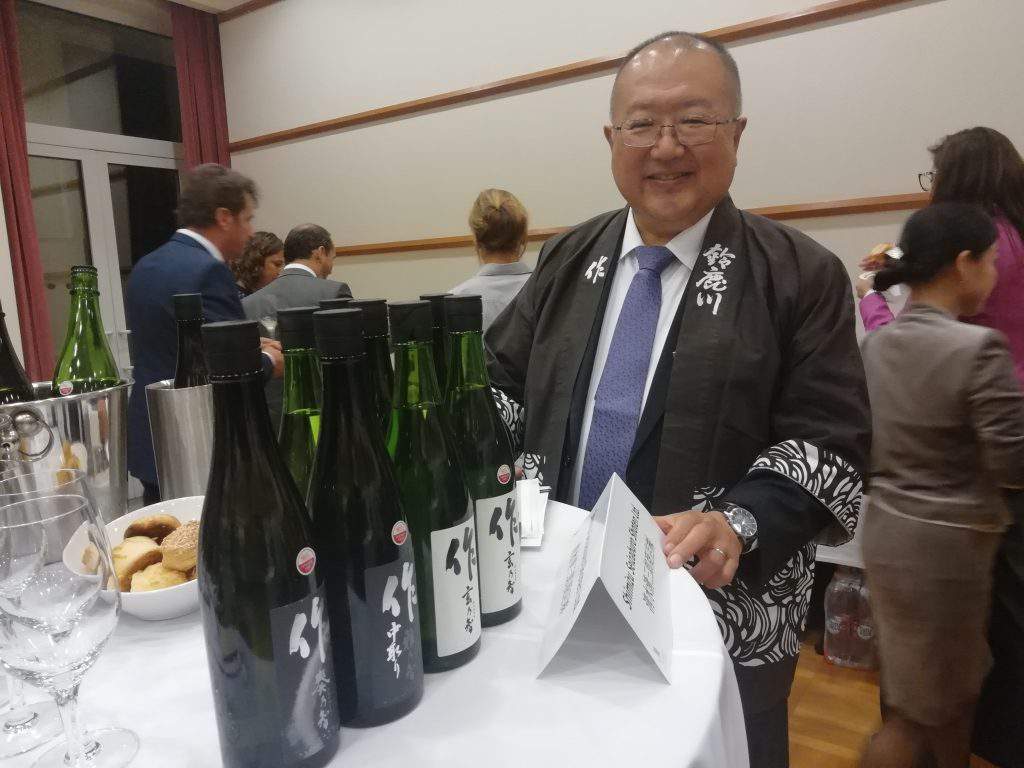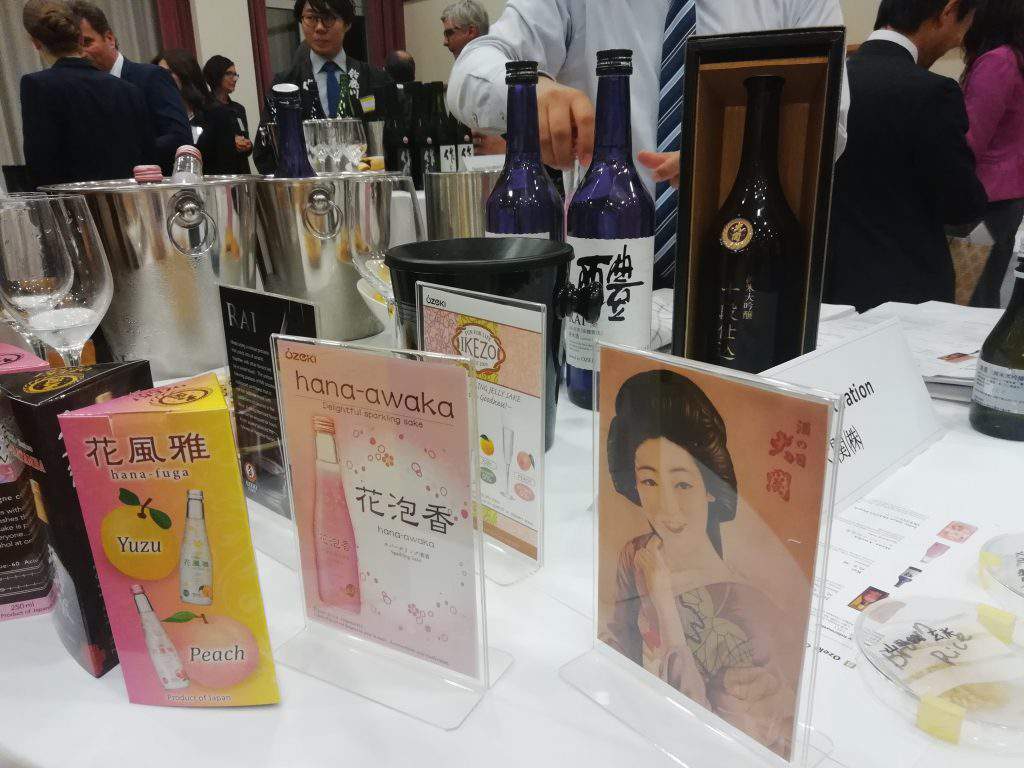The 10 most renowned Japanese Sake producers visited Hungary

The Japanese Sake and Shochu Makers Association popularise their national drink with the help of a tour through Central-Europe. Their first stop was Budapest where the Embassy of Japan provided the venue for the event.
The aim is to break into the Central-European market
If somebody talks about Japan and alcohol, the first word that comes to everybody’s mind is Sake. The island nation is very proud of their rice wine, which is more than understandable since its flavour and preparation is unique in the world. Though many think about Sake as a spirit drink, in fact,
it is a kind of wine containing 15-20 pc of alcohol.
Thus, in Hungary, it competes with local wines, not with the famous palinka.

The Embassy of Japan in Budapest hosted a Sake Tasting Evening on Monday in its ceremonial hall where the opening speech was held by Mr Takehiko Wajima, the counsellor of the Embassy. He welcomed representatives of the media, the CEOs of Hungarian beverage companies and thanked the delegates of the 10 Japanese Sake producers for travelling so much to show their products.
He was followed by Mr Yoshiro Okamoto, deputy chairman of the Japanese Sake and Shochu Makers Association. He said that they are on a Central-European tour for the first time and they came to Budapest to popularise Sake. Furthermore, he added that each company took 3-4 kinds of Sake with them aiming to break into the Hungarian market. Mr Okamoto emphasised that this chain of events is important because in 2019
Budapest and Tokyo will celebrate the 150th anniversary of establishing diplomatic relationships.
Therefore, Japan tries to pay particular attention to Hungary.

Sake can be consumed even with traditional Hungarian dishes
The English brochure of the Association was presented by Mrs Hiromi Iuchi, leader of the Overseas Operation Division. She emphasised that though many think about Sake as a spirit drink, in fact, it is a kind of wine. After she presented the different kinds of sake she added that
the fewer parts of the rice a producer uses during making the drink the more expensive it becomes.
Interestingly, Sake should be stored in cool, dark places around 5-10 ℃. Consuming is optimal from a wine glass.
Before the tasting started chef Mrs Maki Stevenson, leader of the Culinary Institute of Europe presented the side dishes which were prepared for the sake. She said that they
combined elements of the Hungarian and the Japanese kitchen.
As a result, they mixed Hungarian lángos, meatloaf, pastry with chicken liver, and pumpkin leaves with goat cheese and Japanese ingredients.

In the final, but probably most awaited part of the event guests could taste 30-40 types of Sake among which there were lighter and stronger ones, as well. Furthermore, not only cheaper Sakes could be tried out but also representatives of the medium and premium categories. And, of course, all the delegates of the different companies were smiling a lot besides being always kind and helpful. ARIGATO!

For further information about Sake, please visit: http://japansake.or.jp/sake/english/howto/
The names of the companies being present at the event:
Dewazakura Sake Brewery Co., Ltd
Obata Sake Brewery
Maruyama Brewing Co., Ltd
Tentaka Shuzo Co., Ltd
AOKI-Brewing Co., Ltd
Maruishi Jozo Co., Ltd
Shimizu Seizaburo Shoten Ltd.
Ozeki Corporation
Sawanotsuru Co., Ltd
Akashi Sake Brewery Co., Ltd
Photos: Alpár Kató
Source: Alpár Kató – John Woods





